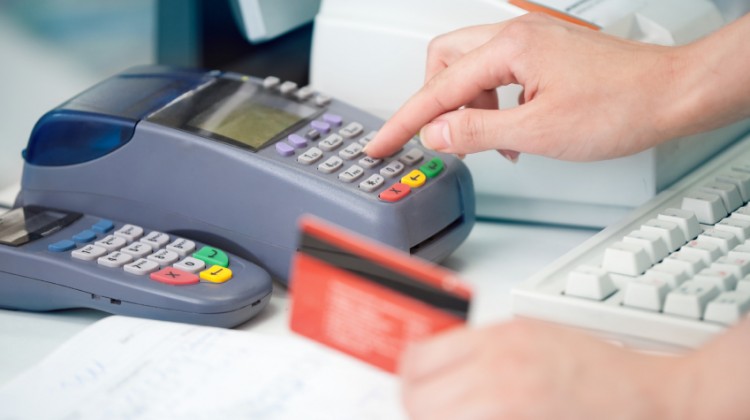EMV Credit Card Deadline: What It Means for Restaurants
Though restaurants are not common targets for fraud, skipping the switch to chip-reading technology could cost you.
The Oct. 1 deadline is rapidly approaching for retailers when the Europay MasterCard and Visa, or EMV, compliance mandate will go into effect.
EMV is a standard for credit cards equipped with chip technology now widely used outside the U.S. The chip will eventually replace the magnetic “swipe” strip now commonly used in the U.S. and it is believed to offer a higher level of security against credit card fraud and identity theft.
Retailers are not required to shift to a system that can read EMV credit cards. But on October 1st, merchants that cannot accommodate EMV cards will face liability for fraudulent charges made with cards that have been duplicated by pirates.
What does that mean for restaurant operators?
It could mean painful financial consequences, says Henry Pertman, director of hospitality consulting for accounting firm CohnReznick.
Currently, if a transaction is conducted with a counterfeit or stolen credit card, the card issuer is generally responsible for consumer losses. After Oct. 1, however, that liability shifts to the merchant if that operator does not have the software and equipment in place to accept a card with an EMV chip.
That means if a customer pays for a $300 meal with a stolen credit card, and the restaurant’s credit-card processing equipment is not EMV compliant to authenticate the charge, the restaurant will be forced to eat that $300.
Compliance is fairly simple. Restaurant operators must upgrade their point-of-sale or credit-card processing equipment to be able to accept cards with EMV chips.
That’s likely to cost roughly a couple hundred dollars per terminal depending on how integrated that hardware may be. It may not be such a burden for small restaurants with only one or two terminals, but for big chains and large restaurant companies with multiple terminals, the cost will be significant.
Restaurants with pay-at-the-table technology will likely want to migrate to a chip-and-pin system, for which customers use a pin number, like a debit card, to offer another level of security, says Pertman.
However, restaurant operators should also note that their liability risk is relatively small. Most pirated credit cards would be used to purchase products that can be resold, like a television set or other appliance, not used to go out to dinner, says Pertman.
“You don’t want to take a bad card. But if you’re an educated consumer, you’re going to compare what the liability is versus what the cost is and make a decision about what’s best for your business,” he adds.
Source: Restaurant-Hospitality.com; by Lisa Jennings
If you’d like to receive a FREE, no-obligation quote for a business loan through ARF Financial, click here! Or, learn more about the approval and payback process for our loans here!


